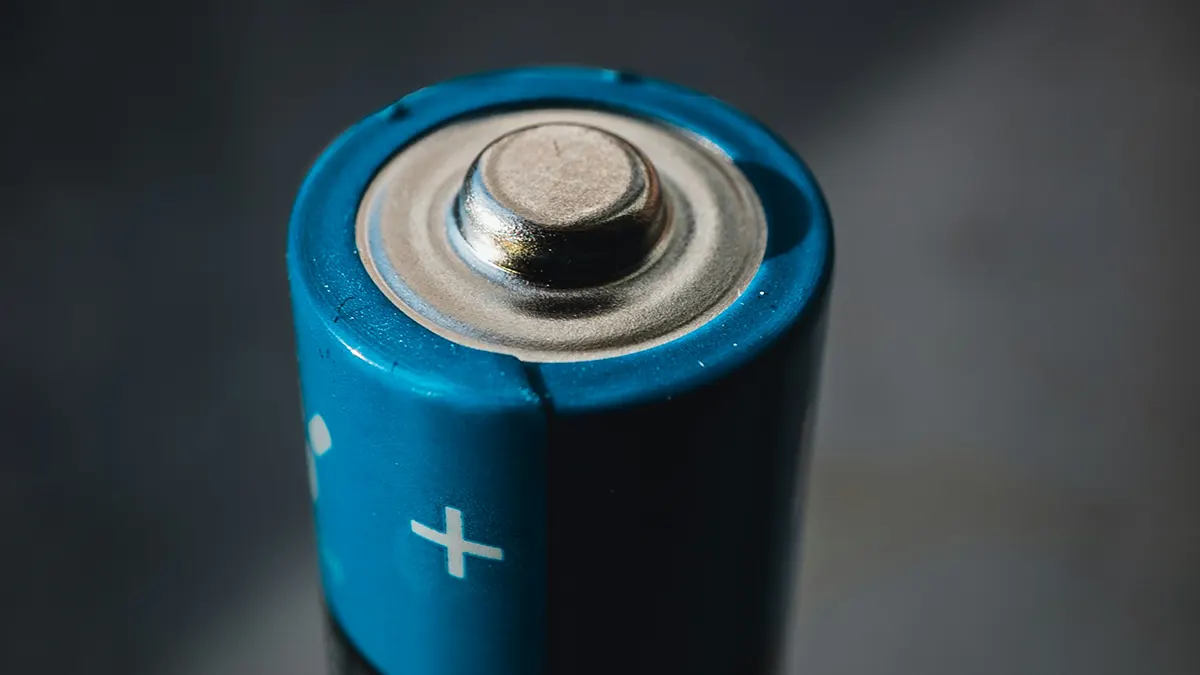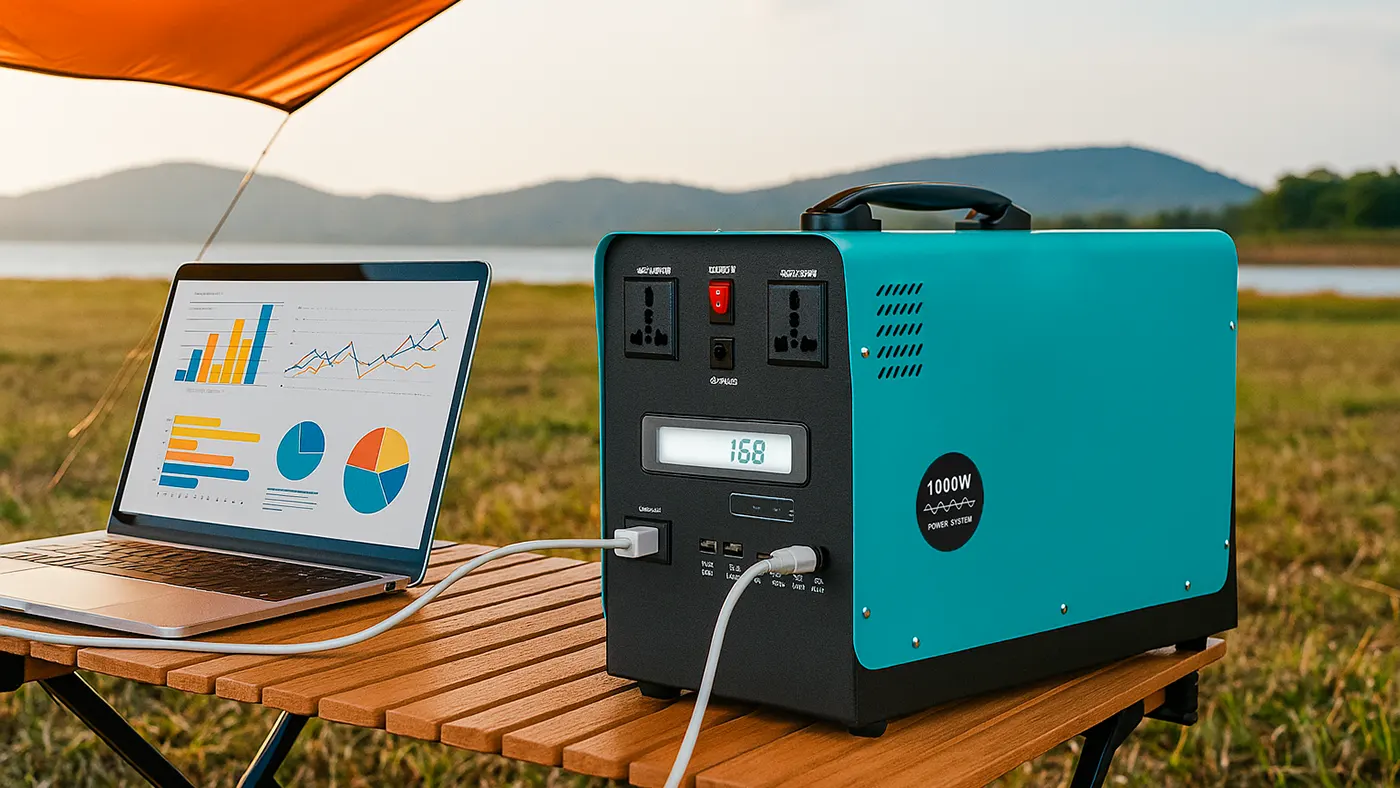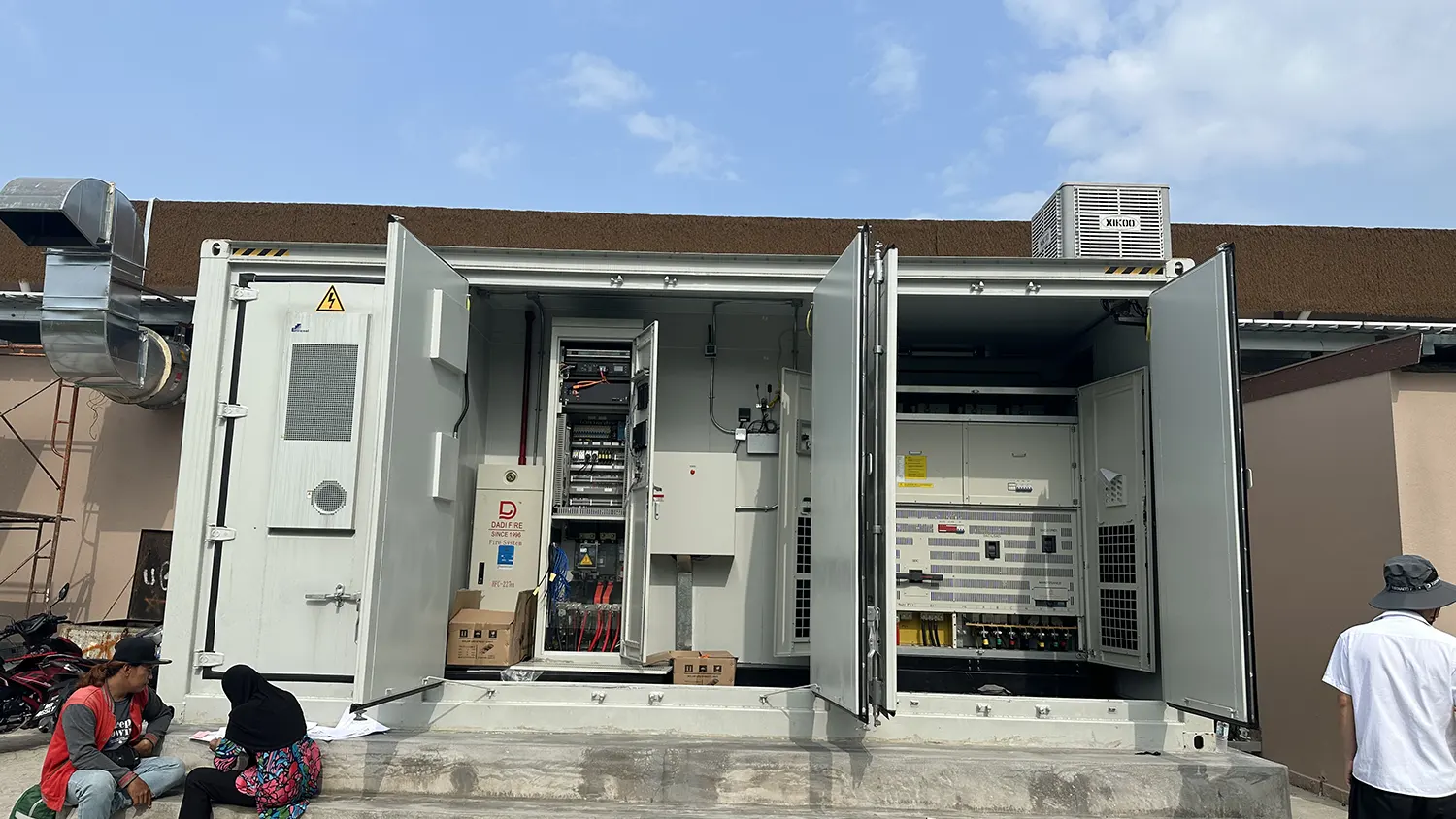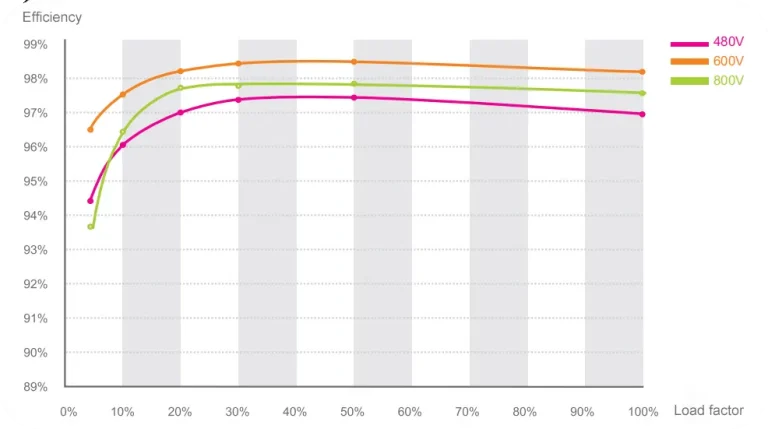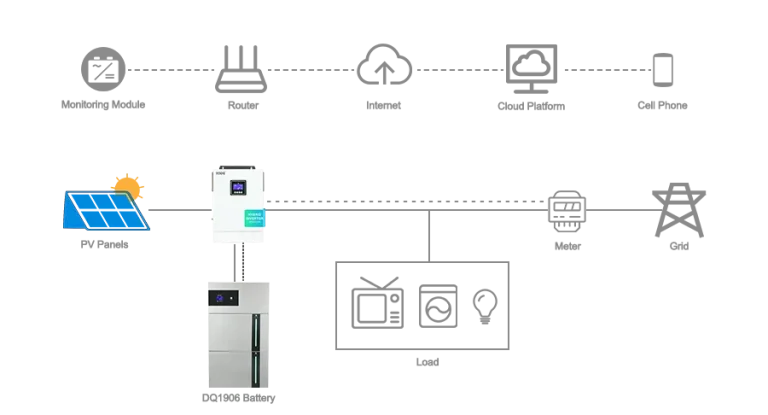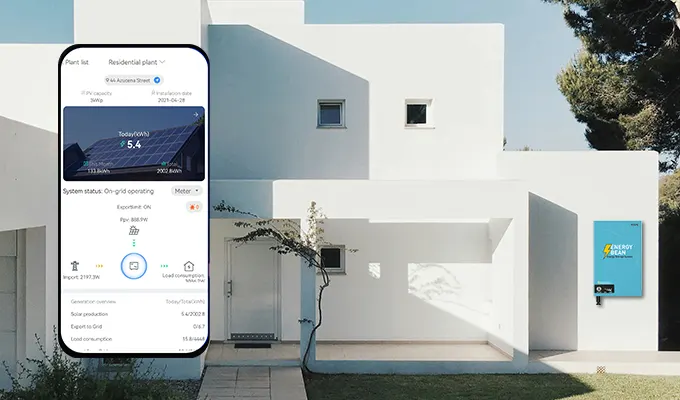16 June, 2025
Single Phase vs Three Phase Inverters: What’s the Difference and Which One is Right for You
Understanding the concepts of “Phase” and “Wire” is crucial in the selection and application of solar inverters. “Phase” refers to the number of live conductors and their phase angle differences, while “Wire” refers to the types of conductors connecting the power source and devices. This article provides an in-depth explanation of single-phase and three-phase inverters, their differences and use cases, helping you make the best choice to ensure the efficient and stable operation of your solar system.
What Are “Phase” and “Wire” ?
Before diving into inverters, it’s essential to understand two key electrical terms: “phase” and “wire”.
“Phase” refers to the number of live conductors and the electrical phase angle between them. A common example is three live conductors (A/B/C or L1/L2/L3) spaced 120° apart — this is called “three-phase.”
“Wire” refers to the type of conductors that connect power to devices. Common configurations are:
| Power System | Description |
| Single-phase two-wire | 1 live conductor + 1 neutral |
| Single-phase three-wire | Live + neutral + earth |
| Three-phase three-wire | Three live conductors (used in >10 kW systems) |
| Three-phase four-wire (TN-C) | 3 live + combined neutral/earth(NPE) |
| Three-phase five-wire (TN-S) | 3 live + neutral + earth (N and PE separate) |
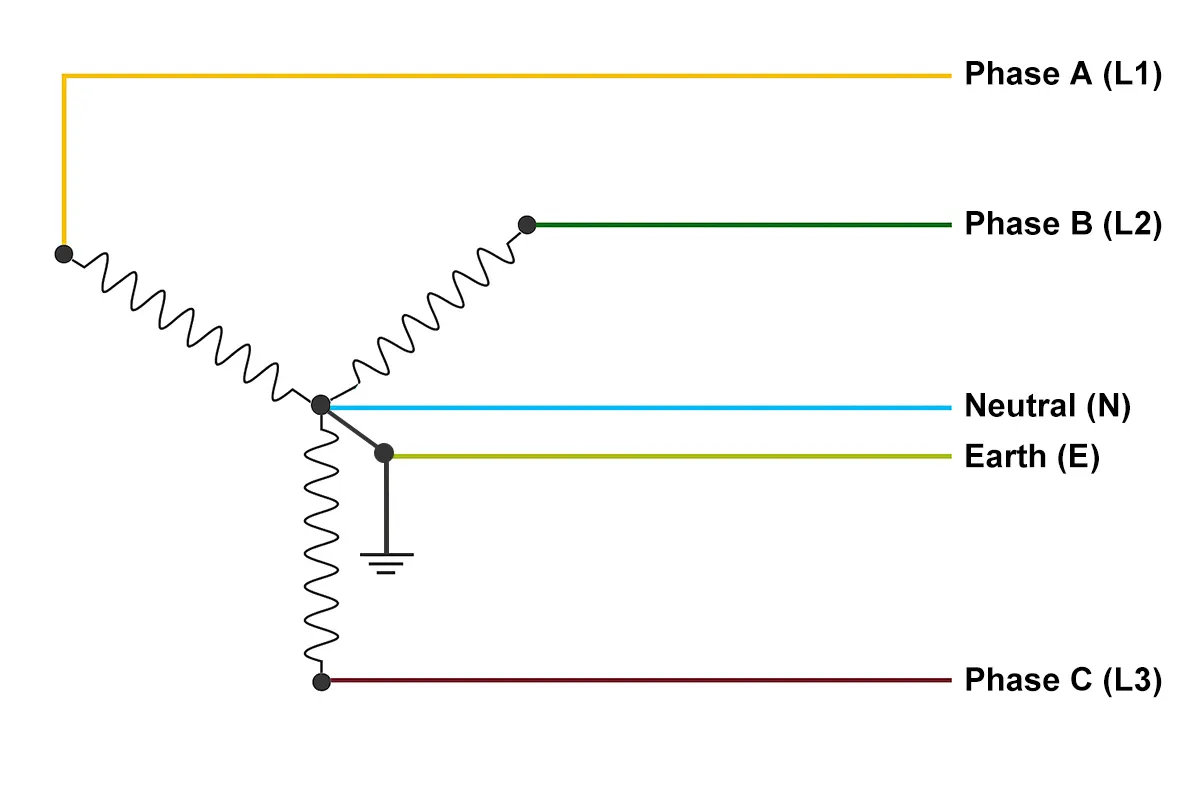
Generally, single-phase grid-tied inverters connect to single-phase two- or three-wire network lines, while three-phase grid-tied inverters connect to three-phase four- or five-wire network lines.
What Is a Single‑Phase Inverter?
A single-phase inverter converts your solar DC power into standard AC electricity (220 V or 230 V). It includes three wiring terminals:
- L: Live conductor (typically red or brown)
- N: Neutral conductor (typically blue or white)
- PE: Protective Earth (yellow-green bicolor)
Most residential homes use this supply. If your meter shows “1P,” it’s typically a single-phase system.
What Is a Three-Phase Inverter?
A three-phase inverter is more powerful, outputting three sets of AC power spaced 120° apart. The standard output voltage is 380 V or 400 V AC, and it typically has five terminals:
- A (L1) / B (L2) / C (L3): Line conductors – yellow, green, red
- N: Neutral conductor – blue
- PE: Protective earth – yellow-green bi-color
Compared with single-phase systems, three-phase inverters deliver more stable and efficient power and are preferred for commercial projects and high-energy residential buildings.
Single‑Phase vs Three‑Phase Inverters
Application Scenarios
Single-phase inverters convert DC input into single-phase output. The output consists of one phase (A- N, B- N, or C- N), formed by one live and one neutral conductor, with a standard voltage of 220 V — mainly for residential use.
Three-phase inverters convert DC power into three-phase supply, generating three equally spaced AC phases. All three outputs have the same amplitude and frequency, with slight variations due to loads, and are phase-shifted by 120°. Output voltages include 380 V (400 V), 480 V, 800 V, etc., suitable for three-phase circuits (A/B/C or L1/L2/L3).
Power Differences
A single-phase inverter typically has a lower rated output power, generally below 10 kW.
Three-phase inverters have much broader power ranges—from as low as 5 kW to several hundred kW.
Important note: Power bands may overlap, but single and three-phase inverters must never be mixed!
Identification by Nameplate
You can identify by output voltage: 220 V indicates single-phase; 380 V/400 V indicates three-phase.
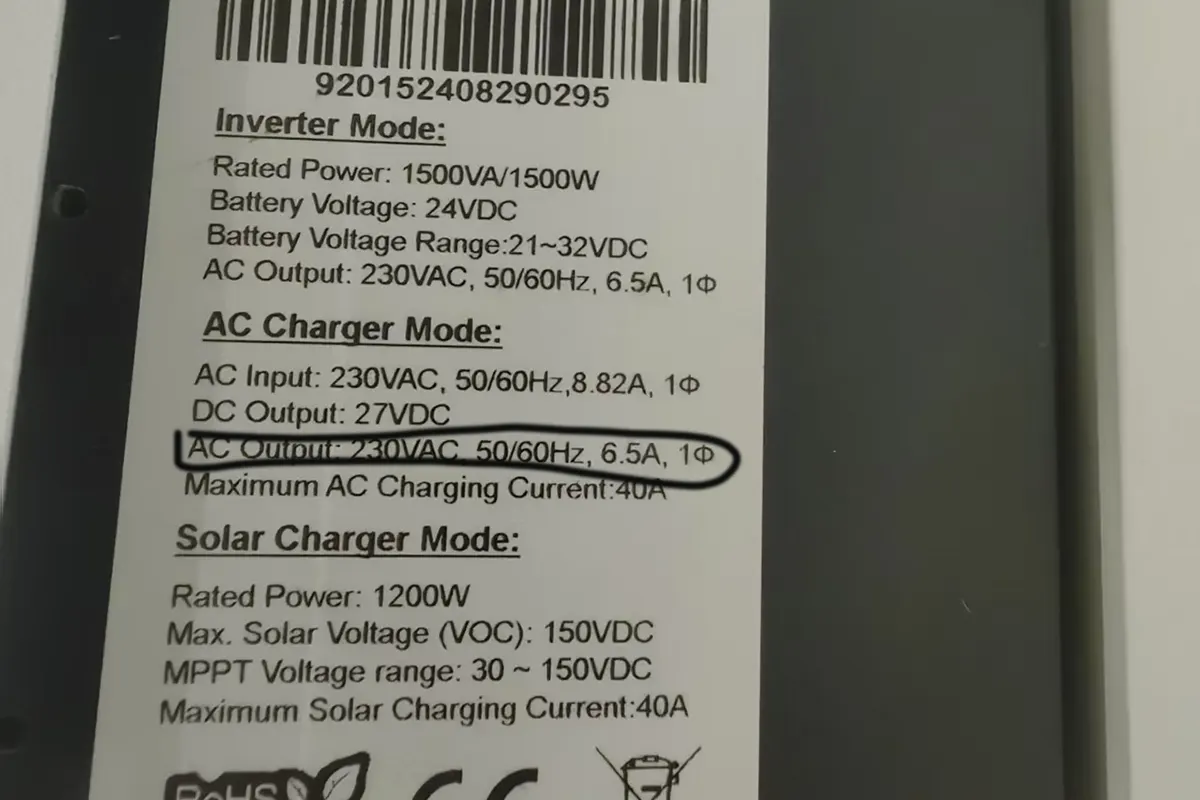
Price
Under the same brand and quality, three-phase inverters usually cost about 300–500 RMB more per unit than single-phase ones. Thus, single-phase inverters are more economical.
Stability
In neighborhoods with many solar systems, single-phase inverters are more prone to “over-voltage trips.”
Because solar systems must output higher voltage than the grid to export power, when grid voltage rises, inverters must increase their output voltage. Once it exceeds the protection threshold, the inverter trips and shuts down, causing the system to go offline.
In contrast, three-phase inverters distribute power across three live conductors. With more balanced structure and smaller voltage fluctuations, they trip less frequently.
This distributed power delivery results in more balanced grid loads, lower inverter trip probability, and better scalability.
How to Choose the Right Inverter?
Choosing between a single-phase or three-phase inverter depends on several key factors, including your grid connection type, solar system size, load requirements, and local grid interconnection regulations. The following guide will help you make the optimal choice based on your specific situation.
Determine if Your Power Supply is Single-phase or Three-phase
First, confirm whether your current power supply is single-phase or three-phase by:
- Check the meter label or nameplate (shows “1P” for single-phase, “3P” for three-phase)
- Check if there are 3 main breakers in the distribution box
- Consult an electrician or your power company
Estimate system capacity
- For household use and systems under 10 kW, single-phase is recommended
- Systems above 10 kW are better matched with three-phase inverters for load sharing and efficiency
Presence of three‑phase equipment
- If your household has three-phase appliances, choose a three-phase inverter
- It helps reduce voltage imbalance, prolong equipment life, and maintain grid stability
Local grid policies and regulations
Different countries and regions have varying requirements for grid-connected inverters. When the system reaches a certain power threshold, the use of a three-phase inverter becomes mandatory.
For example:
- In Australia, systems exceeding 5 kW or 6.6 kW often require three-phase inverters
- Some European countries encourage three-phase connections for grid load balancing
- Certain Asian markets mandate three-phase inverters and monitoring for large systems
Always check local grid connection standards or consult your installer.
FQAS
Can I use a single phase inverter with a three phase grid?
No. A three-phase inverter requires a three-phase connection. If you only have single-phase power, you must use a compatible single-phase inverter.
Do I need a three-phase inverter for a 10 kW solar system?
In most regions, yes. Large systems like 10 kW typically require a three-phase inverter for grid stability and regulation compliance.
Is a three-phase inverter more efficient than a single-phase?
For larger systems, three-phase inverters offer better load balancing and efficiency, especially in commercial or industrial settings.
Selecting the right inverter is crucial for ensuring the long-term, efficient operation of your solar system. Single-phase inverters are ideal for small residential setups due to their simplicity and cost-effectiveness, while three-phase inverters are better suited for large homes, commercial, or industrial applications thanks to their superior load balancing and grid stability. Assessing your grid type, electricity usage, system size, and local regulations is essential for making the optimal decision.
share

